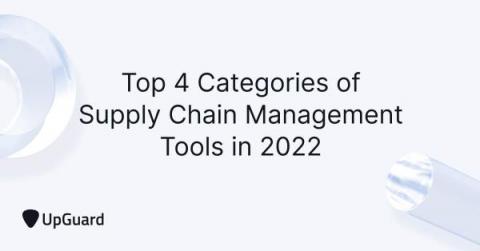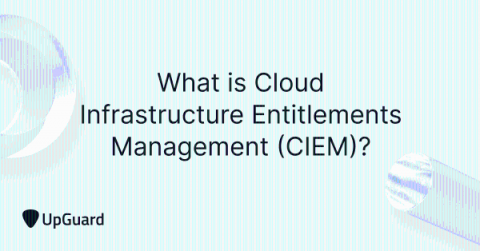How to Meet Third-party Risk Requirements in NIST 800-53
The National Institute of Standards and Technology (NIST) has responded to the increased prevalence of third-party risks by specifying industry standards for securing the supply chain attack surface - the attack surface most vulnerable to third-party risks.
















